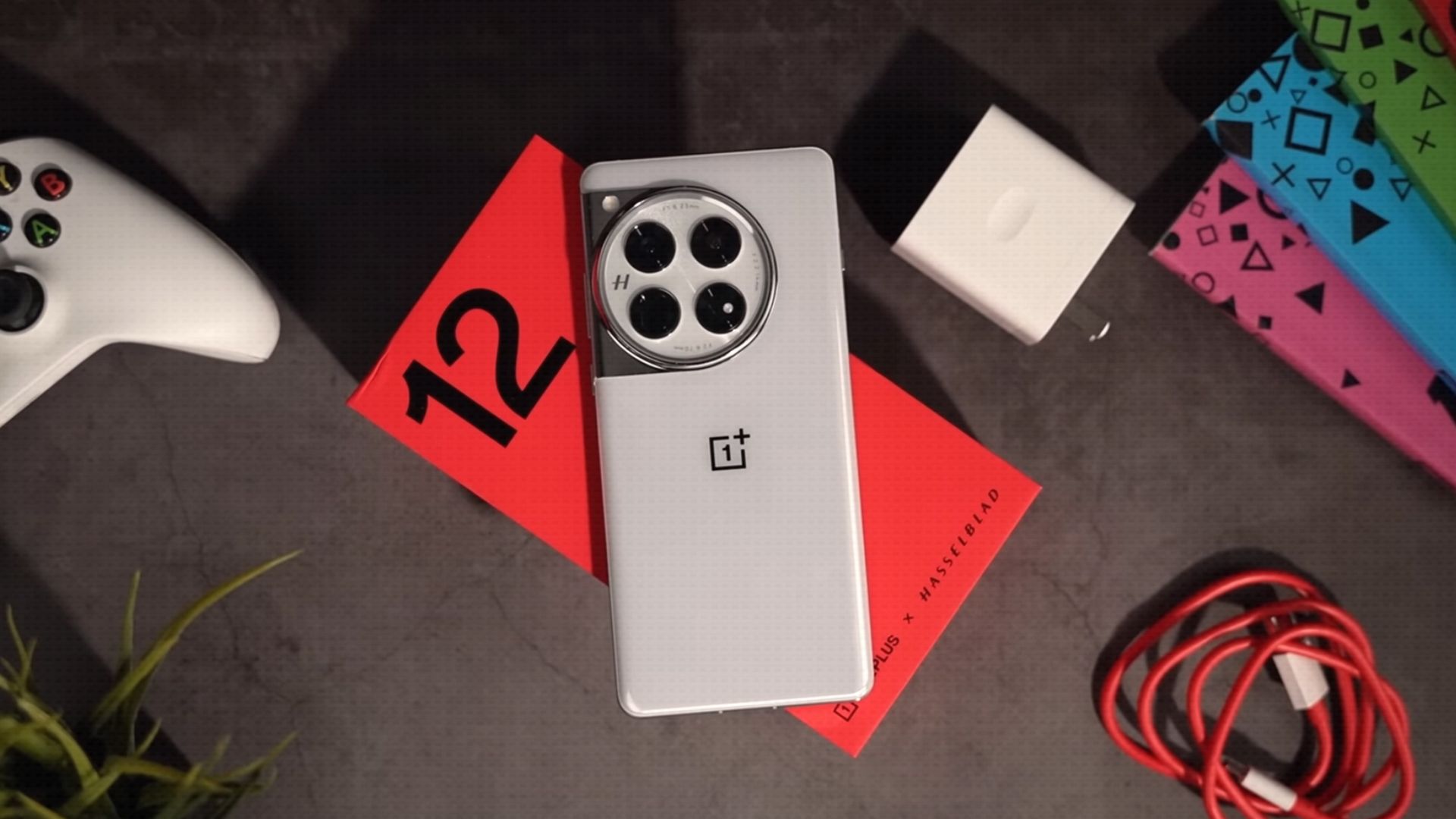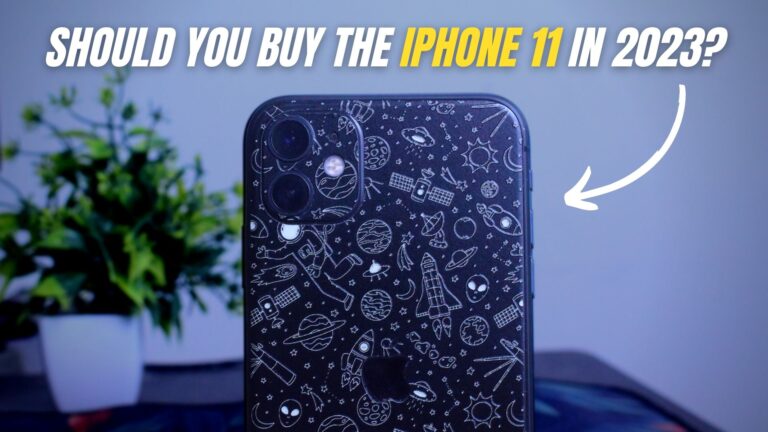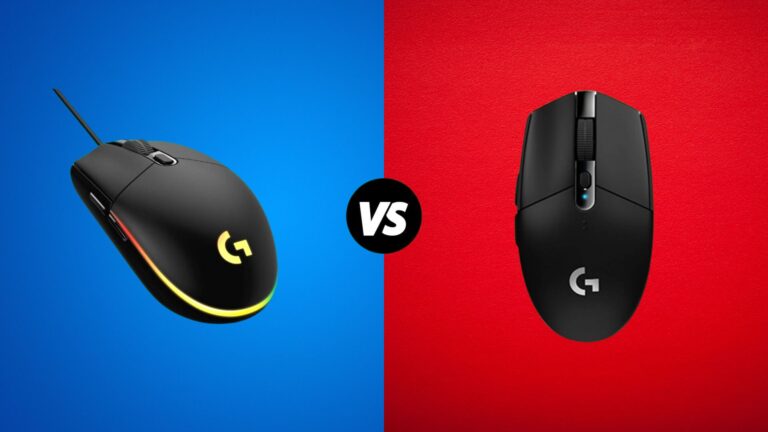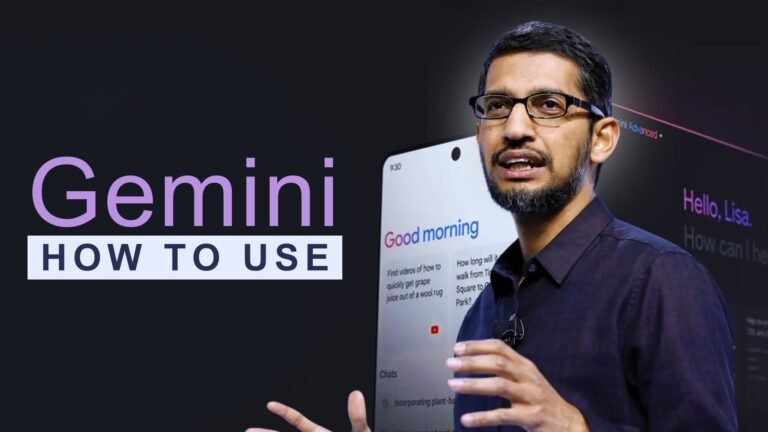If you’re eager to get the OnePlus 12 and don’t want to wait for the global release, which is coming up soon, you can import it right now. However, keep in mind that the firmware is limited to Chinese and English languages. The good news is that Google Play works on this model, so you’ll have access to plenty of apps.
Quick Takeaway
The phone has excellent build quality with strong Gorilla Glass Victus 2 on the front. It features a large 6.8-inch screen that is really clear and smooth because it’s a 120 Hz Quad HD LTPO AMOLED display. OnePlus says the screen can be super bright, up to 4,500 nits, but that’s something I haven’t seen myself. It has a big battery of 5,400 mAh, which should last a long time.
One of the highlights is its cameras at the back, developed together with Hasselblad, a famous camera brand. These cameras look very promising, as I’ll show you. The front camera is also great with 32 megapixels and can record 4K videos.
The phone runs on the Snapdragon Gen 3 processor, which is the newest and very powerful. The version I have comes with 12 GB of RAM and 256 GB of storage, which means it’s really fast and can store a lot of apps and files.
Specifications
| Display | 6.82 inches Flexible OLED Oriental screen, 3216 × 1440p resolution, BOE X1 substrate, 1-120Hz adaptive refresh, Corning Gorilla Glass |
| SoC | Snapdragon 8 Gen3 |
| RAM | 12GB/16GB/24GB LPDDR 5X |
| ROM | 256GB/512GB/1TB UFS 4.0 |
| Camera | 50MP LYTIA LYT-808 Wide Angle 64MP OV64B Telephoto 48MP IMX581 Ultra Wide Angle 32MP IMX615 Front Camera |
| Battery | 5000mAh |
| Charging | 100W Wired, 50W Wireless |
| OS | ColorOS 14 based on Android 14 |
| Size | 164.3 × 75.8 × 9.15mm |
| Weight | 220g |
| Colors | White, Green, Black |
| Other | NFC, IP65 Rating, USB 3.2 |
Design

I’m really impressed with the design of this OnePlus phone. It looks amazing with its sleek style. The phone has a metal aluminum frame that gives it a sturdy and premium feel. The volume and power buttons are also made of metal, adding to the high-quality look.
The camera design is particularly eye-catching, with the Hasselblad branding clearly visible. This shows OnePlus’s ongoing partnership with the famous camera brand. The camera setup looks like it has separate lenses that stick out, but actually, the surface is flush.
Another feature I like is the small alert slider switch. It’s super convenient for quickly switching the phone to silent mode or back to normal. It’s a unique feature that you mostly find on OnePlus phones and iPhones, though the iPhone has switched to an action button now.
As for the phone’s weight and size, it’s about 220 grams and 9.2 mm thick, which is pretty standard for a phone with glass and metal materials. Overall, it’s a well-built phone with a good display and performance.
Display

It has a curved display with Gorilla Glass Victus 2 on the front and regular Gorilla Glass on the back. The curved screen looks nice, but a flat screen might have been better for some users. The fingerprint reader is conveniently placed and works really well, unlike some other phones that have it too low.

The screen of this phone is quite impressive. It’s a 120 Hz LTPO AMOLED type, which is a fancy way of saying it’s really smooth and shows colors beautifully. Plus, it supports HDR 10+, making everything you watch look super vibrant and clear.

OnePlus claims this screen can get extremely bright, up to 4,500 nits. However, in my own tests, I found it reaches around 650 nits in manual mode, and it goes up to nearly 1700 nits in auto mode. When I used it under direct sunlight, the screen was still easy to see and looked great, but it’s definitely not 4,500 nits.
I’ve set the screen resolution to Quad HD, which is the highest setting, as there’s no noticeable performance drop compared to the default Full HD Plus. You can adjust this and the refresh rate to save battery, but there’s no 90 Hz option, only Auto, Standard 60 Hz, and High.
The phone handles gestures well, and the slim bezels make the screen look even bigger. The display is 6.82 inches with a sharpness of 510 PPI, making everything look crisp and clear.
UI & Benchmarks

The Chinese version of the OnePlus 12 uses ColorOS 14, which is based on Android 14. However, when it launches globally, it will switch to OxygenOS. I don’t anticipate significant differences between the two systems since they share the same code base.
Inside the phone, like many other top-tier smartphones, it has a Snapdragon 8 Gen 3 processor. A standout feature of OnePlus is the option to have up to 24 GB of RAM. While it’s not clear why you’d need that much, it’s nice to have the option. The phone also offers up to 1 TB of UFS 4.0 storage.
The UI is really smooth and I haven’t found any bugs. However, I’ve faced some issues with certain apps. These problems seem to be related to the phone getting too hot, which causes the apps to crash unexpectedly. It looks like the thermal management of the phone is affecting its ability to run some applications smoothly.

I did some tests on the OnePlus phone, and the results were surprising. Using AnTuTu, a popular benchmarking app, the phone scored lower than expected for its Snapdragon 8 Gen 3 processor. It performed more like the older Snapdragon 8 Gen 2. This was probably due to heavy throttling – where the phone limits its performance to avoid overheating. Sometimes, the phone wouldn’t even finish the test.

I also did a GPU stress test with 3DMark Wildlife Extreme, which is like running a very demanding game for 20 minutes. The phone struggled with this test, often crashing due to overheating. I even had to put the phone in the fridge to keep it cool enough to finish the test! In the end, the results showed that the phone was throttling its performance by about 50% to manage heat, which is not ideal. This means in real-life heavy usage, the phone might get too hot and slow down significantly.
Gaming Performance

I tested the gaming performance of the OnePlus phone with Genshin Impact, a demanding game, set at the highest settings and aimed for 60 frames per second. The game ran smoothly, maintaining close to 60 fps throughout. Unlike the Wildlife Extreme stress test, where the phone overheated and crashed, it handled this game without any issues.
It’s important to note that the gaming performance feels more like last year’s Snapdragon 8 Gen 2 rather than the latest Snapdragon 8 Gen 3, as indicated by the benchmark tests.
I think OnePlus should work on improving the phone’s heat management. Allowing the phone to run a bit hotter could enhance its performance, really making the most of the Snapdragon 8 Gen 3 processor. This would ensure users get the high performance they expect from this device. Hopefully, OnePlus can address this before the global release.
Cameras

The OnePlus 12 comes with an impressive triple camera setup at the back. The primary camera is equipped with a 50-megapixel Sony LYTIA-T808 sensor, boasting a wide aperture of f/1.6 and optical stabilization. The photos produced are rich in detail, have natural colors, and maintain a wide dynamic range. This camera performs exceptionally well in low-light conditions.

The OnePlus 12 also continues to offer Hasselblad tuning, along with the expanded mode, allowing users to capture those distinct wide Hasselblad shots.
For video enthusiasts, the OnePlus 12 can record up to 8K at 24 FPS. Although this is impressive, I find myself often using the 4K 60 FPS mode, which delivers remarkable performance. Additionally, the phone supports 4K 30 FPS Dolby Vision video, adding to its versatility.

The secondary camera is a 48-megapixel f/2.2 ultra-wide lens, which stands out as one of the better ultra-wide cameras recently seen. Its color reproduction closely matches the primary camera, though it tends to have slightly higher contrast.

Lastly, the OnePlus 12 features an Omnivision OV64B sensor paired with an optically stabilized f/2.6 telephoto lens, enabling 3x optical zoom. The quality remains high even at 6x zoom, with images still being very usable. However, it’s worth noting that this model does not include a telephoto macro-option.
It features a front camera with a 32-megapixel sensor and an f/2.4 aperture. This front camera is capable of recording 4K videos at 30 frames per second. While 4K recording is ideal for stable shots, such as those taken with a tripod, users might find the 1080p at 60 fps option more suitable for everyday use, offering smoother video quality.
Battery Life

I tried to test the battery life using the PCMark app. Unfortunately, the test repeatedly failed and kept crashing. This was my third attempt to get it to work. Despite these challenges, the phone managed to reach around the 10-hour mark with Quad HD at 120 Hz. While this is not a bad result, it’s important to note that it may not be entirely realistic due to the testing difficulties.
From my experience, the phone typically lasts about 7 to 7.5 hours, which is normal for phones with this battery size, especially when using Quad HD and 120 Hz settings.
If you switch to Full HD Plus resolution and 60 Hz refresh rate, the battery life improves significantly. You could get around 9-10 hours of screen time.
The phone charges really fast, taking only 27 minutes to fully charge with the included 100-watt charger. This is impressive for a 5,400 mAh battery.
Final Thoughts
The OnePlus 12 has the potential to be a great value flagship phone. It has excellent build quality, a fantastic screen, and super-fast storage. The main issue is with its Snapdragon 8 Gen 3 processor, which currently underperforms. It tends to overheat and throttle down during demanding tasks, like intensive benchmarks, resulting in performance similar to last year’s Snapdragon 8 Gen 2.
I believe OnePlus is aware of this issue and will likely resolve it before the global launch scheduled for January 23rd. Once these issues are addressed, especially the throttling and video quality, the OnePlus 12 could be an outstanding phone. So, despite some current drawbacks, it shows a lot of promise.
OnePlus 12 $699
-
Design
-
Display
-
Performance
-
Camera
-
Battery Life
-
Value
Summary
From my experience, the OnePlus 12 is an excellent phone and a clear step up from its predecessors. It has a lot of strong features, making it a great choice for anyone looking for a new smartphone.
Pros
- Great looking build quality and design.
- Very sharp and bright LTPO 120hz AMOLED Display.
- UI performance is very quick and smooth.
- 100W wired and 50W wireless charging.
Cons
- Poor performance compared to other SD8Gen3 phones tested.
- 4k vlog video is welcomed but looks like it’s 1440p upscaled.
- Video EIS and cameras in general need some tweaks.
- 4500 nits max brightness claim seems impossible to achieve.





